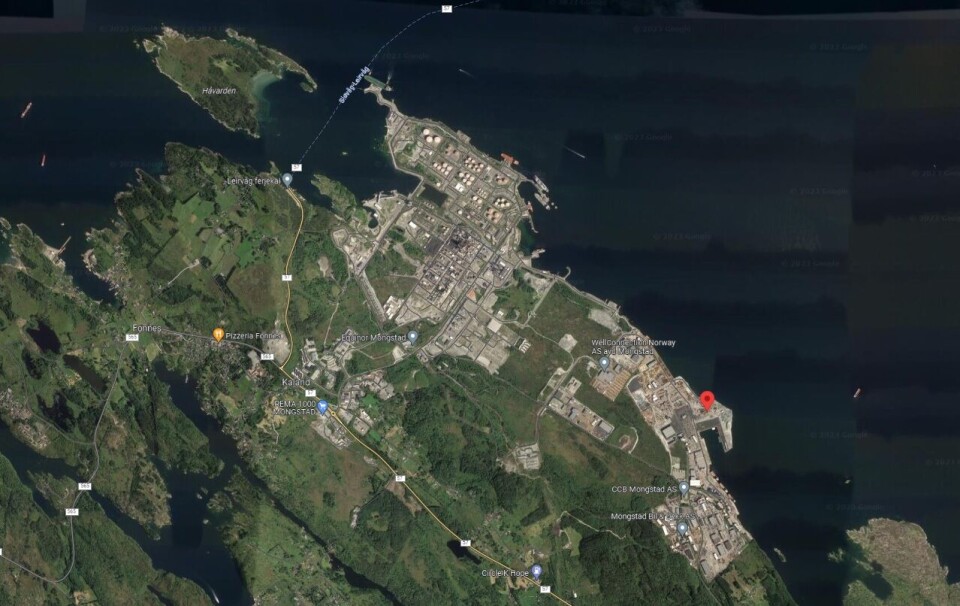
Food watchdog says yes to 43,000-tonne land-based salmon farm
Norwegian industrial site owner plans hybrid RAS and flow-through facility
Norway’s food safety watchdog has approved plans for the production of 43,000 tonnes of salmon at an on-land facility in Mongstad, an industrial site in Vestland county close to the country’s largest oil refinery, reports Fish Farming Expert's sister site, LandbasedAQ.
ABP Aqua Mongstad, a company established by site owner Asset Buyout Partners (ABP), is behind the project which is based on a combination of recirculating aquaculture system (RAS) and flow-through technology. The company also wants to produce 1,800 tonnes of smolts at the facility.
Standing biomass will be up to 29,135 tonnes in the food fish plant and up to 762 tonnes in the smolt facility.
Desalinated water
The facility at Mongstad will use desalinated seawater for the production of smolts, and seawater for the production of post-smolts and food fish. The water intake will be from a depth of 80 metres in the Fensfjord and will be filtered and UV disinfected.
Effluent from the fish farm will be treated in a mechanical sewage treatment plant with discharge at a depth of 30 metres.
The Norwegian Food Safety Authority has approved the plan, on condition that smolts are not produced for farming in marine sites.
This is because there is a relatively short distance of 450 metres between the intake and discharge sites.
“This is significantly shorter than the 5 km which is considered to be sufficient to reduce the risk of infection spreading to hatcheries,” wrote the Authority.
Self-infection
Although water used in the RAS facility (for smolts up to 80 grams) will be purified using reverse osmosis (RO) and UV, seawater used for post-smolts (up to 280 g) will not be purified using RO.
“The Norwegian Food Safety Authority cannot see that it has been proven that the intake water will not be affected by possible contamination from the waste water, i.e. self-infection, and we consider that the biosecurity measures described in the application are adapted to the production of food fish, not hatchery fish,” stated the Authority.
“We consider that the measures the company has described to compensate for the short distance between intake and drain are not sufficient to prevent possible self-infection, and especially between food fish and hatchery fish.
“The Norwegian Food Safety Authority therefore sets conditions that the location Mongstad is not approved for the production of fish for release (to marine sites).”
Any possible risk of infection transferring from discharge water to marine sites is considered acceptable, as there are no farms within 5 km of the discharge site.






















































